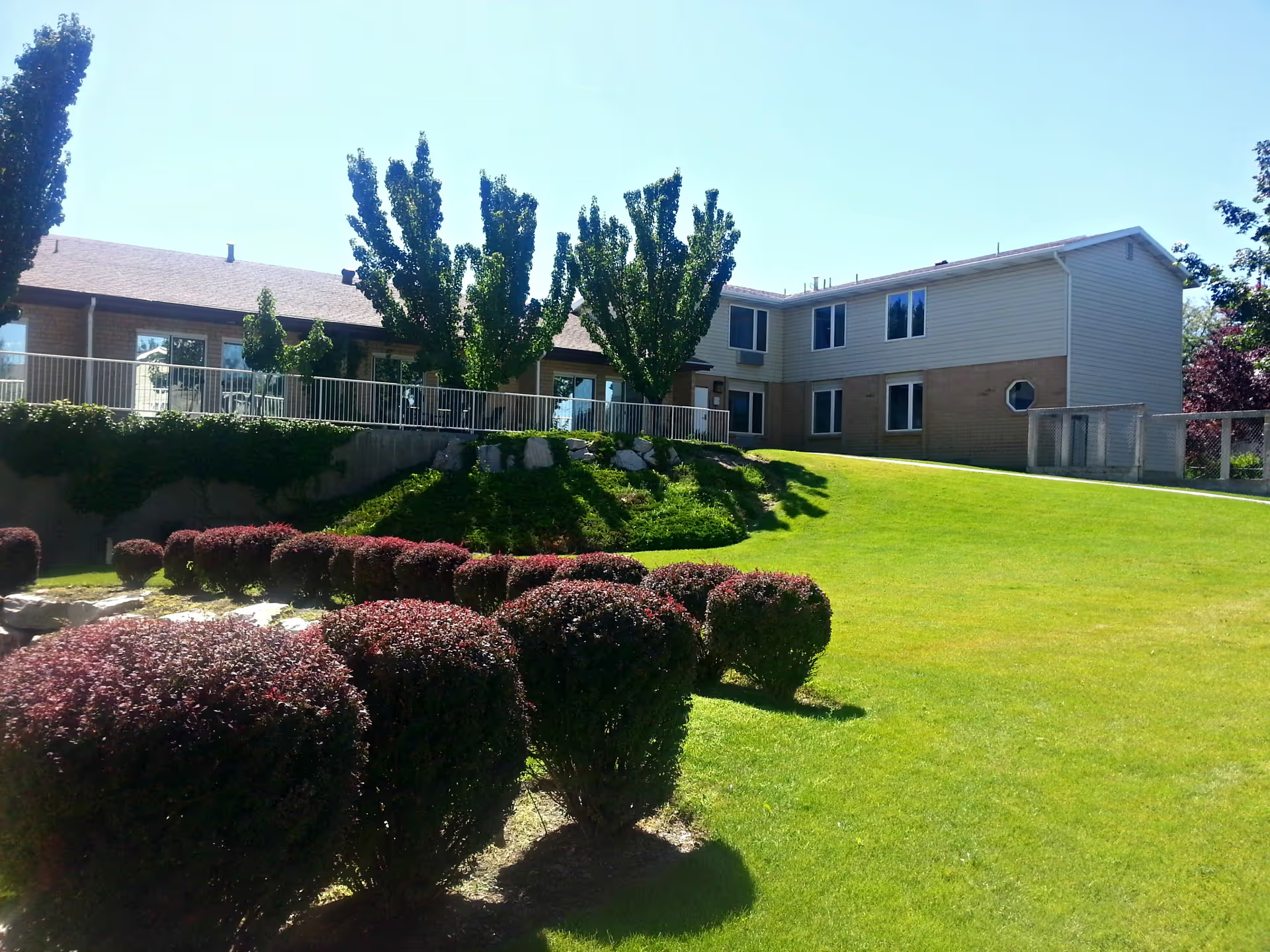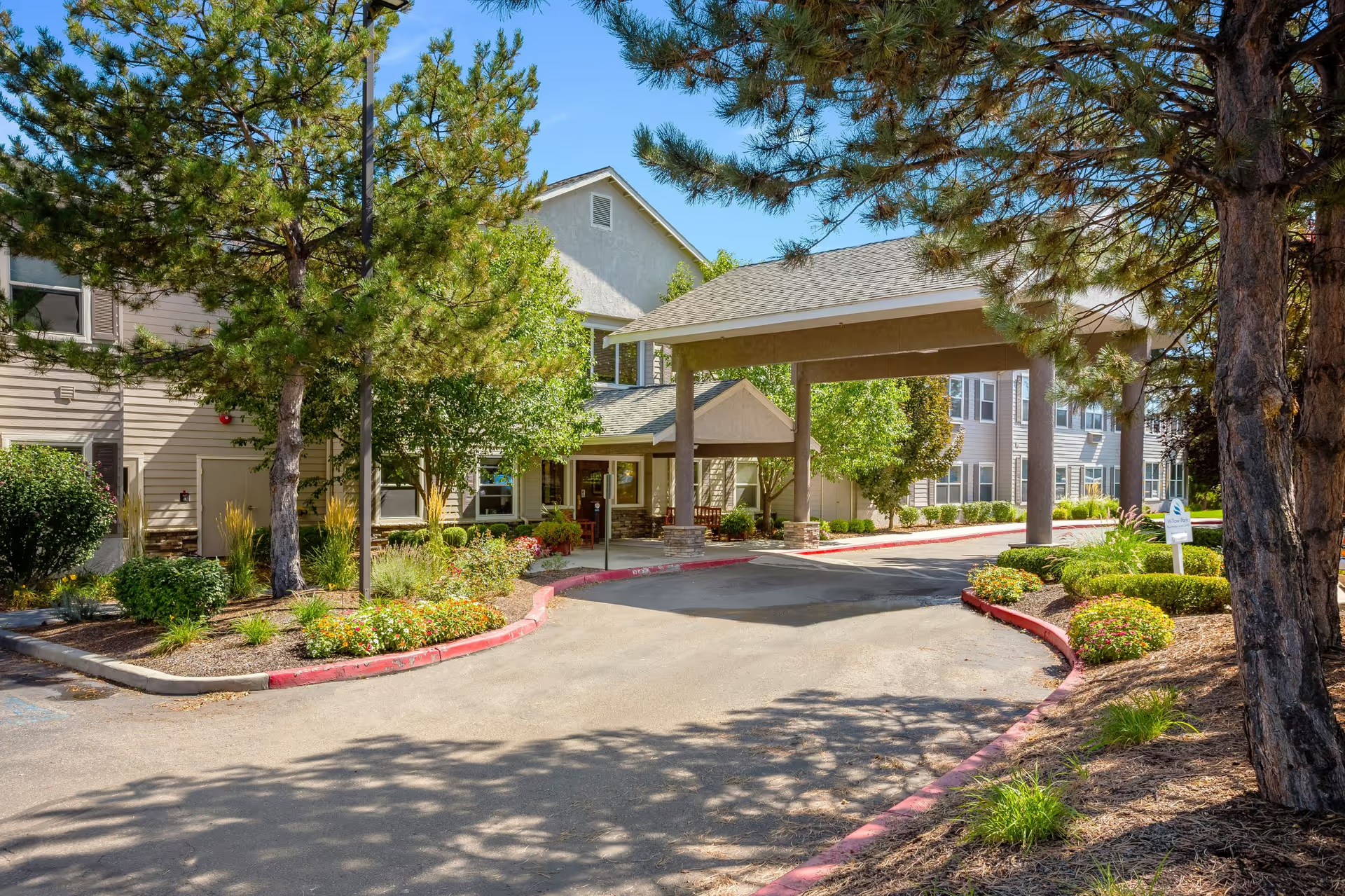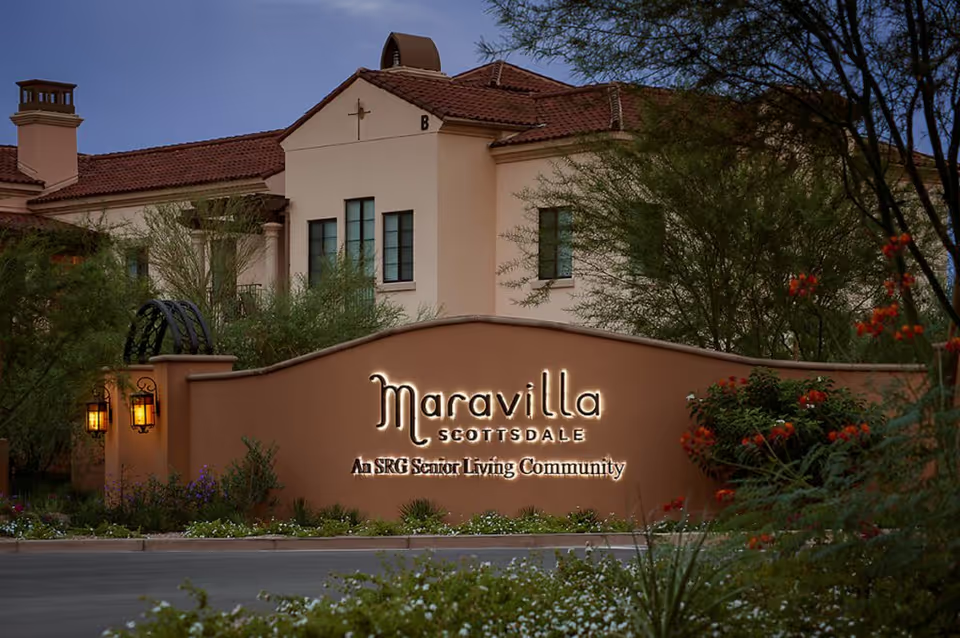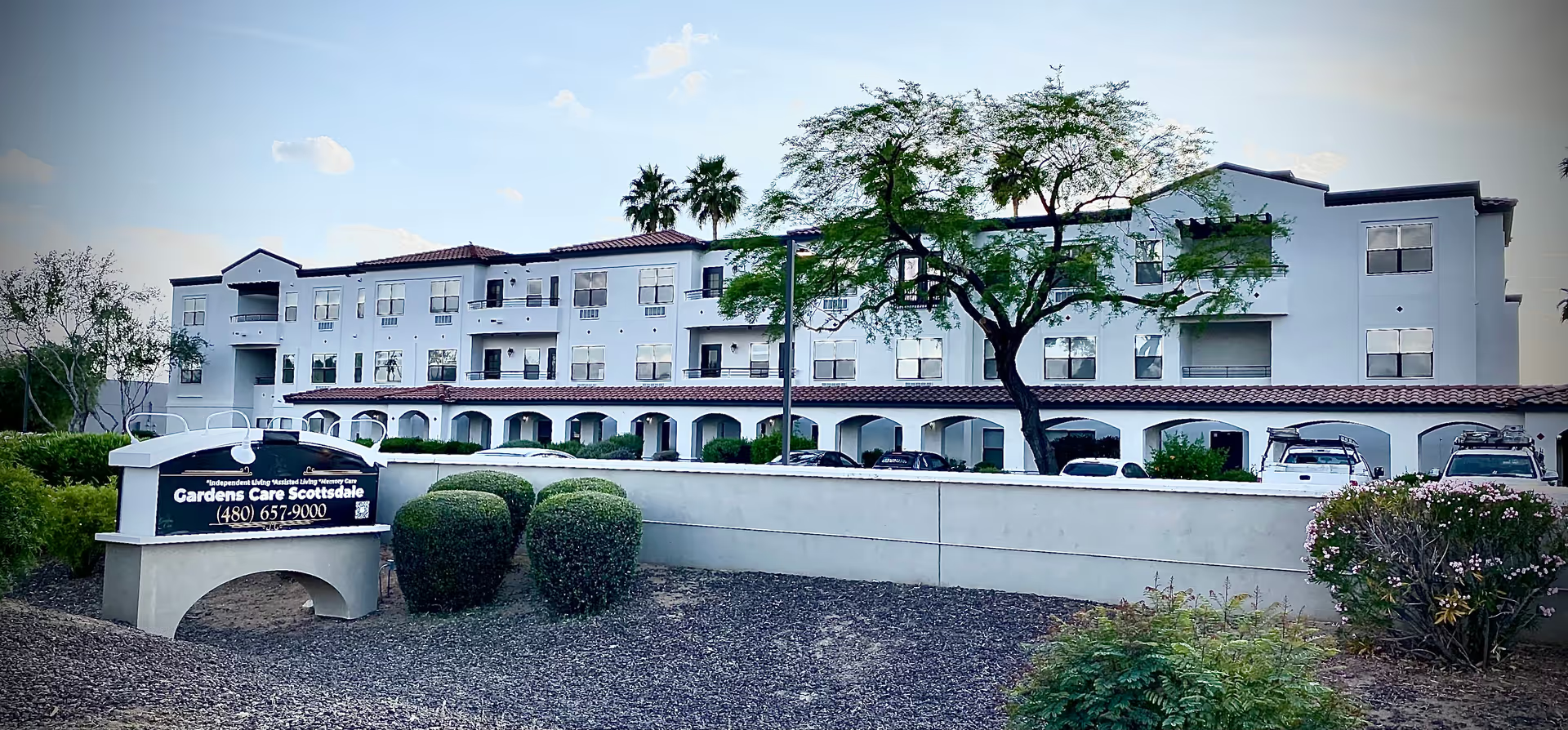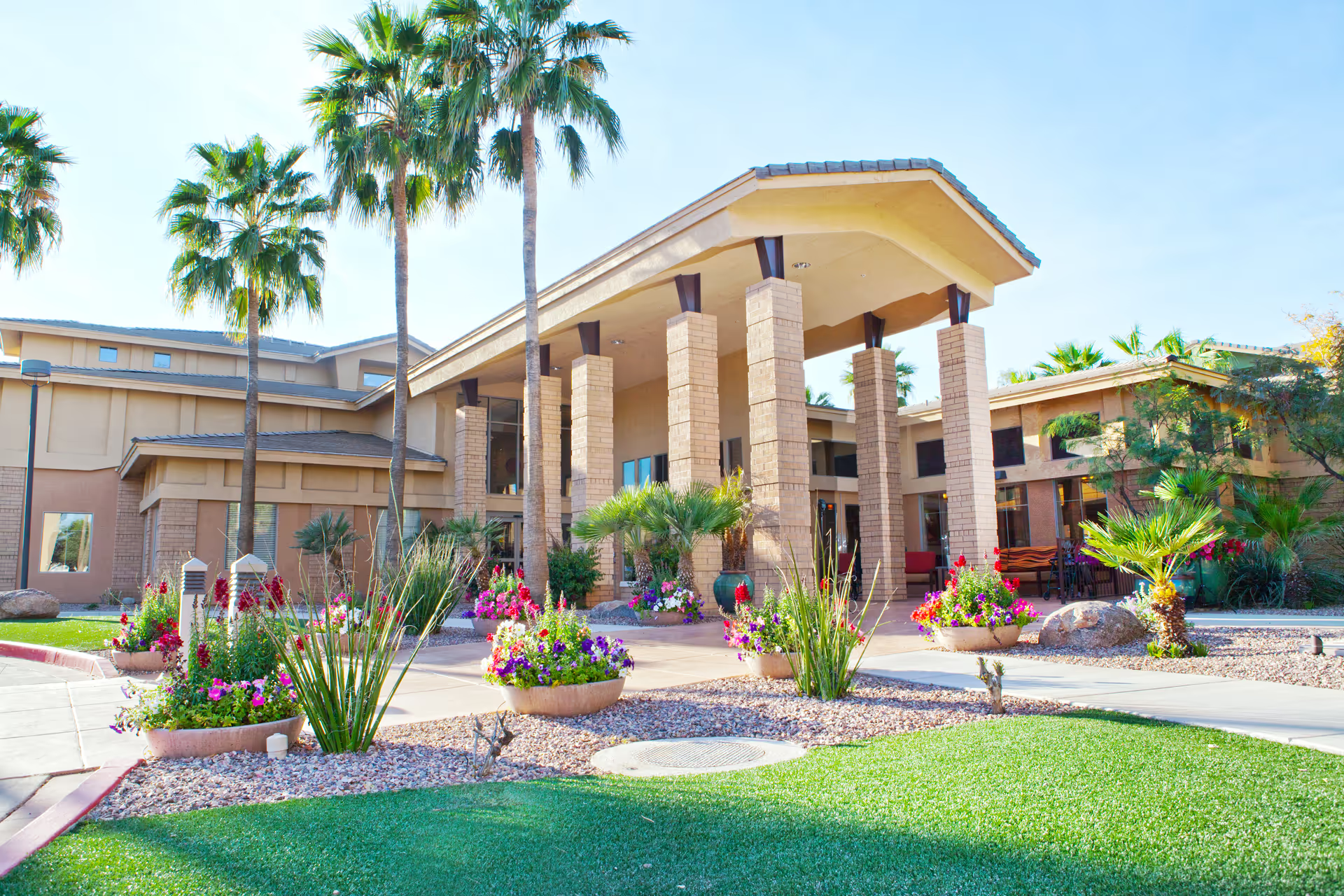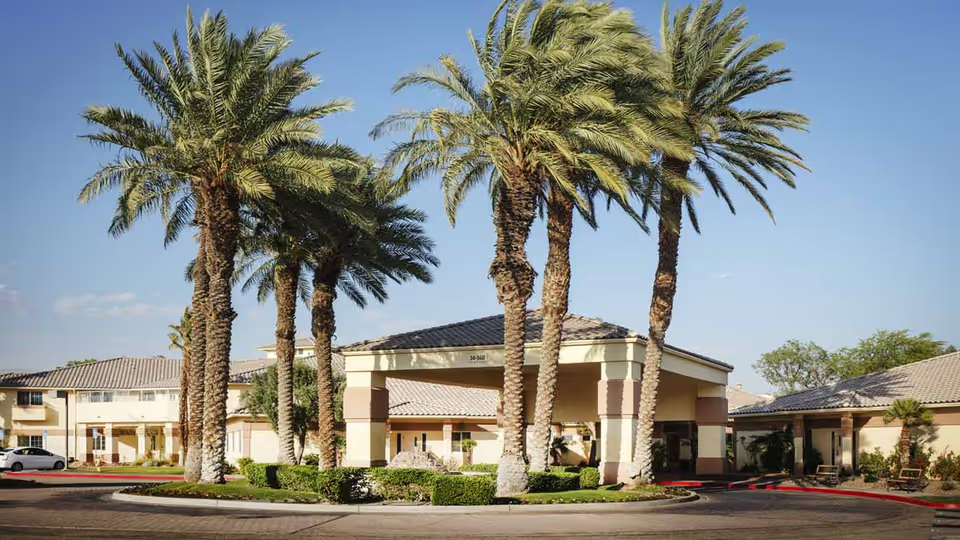Overall sentiment across the reviews is mixed but centers on two clear patterns: high-quality rehabilitative therapy and many instances of compassionate, individualized care from dedicated staff versus recurring structural and safety concerns driven largely by staffing shortages and inconsistent practices. A large portion of reviews highlight Paramount Health and Rehabilitation as a strong short-term rehab and therapy destination. Physical and occupational therapy are repeatedly described as stellar, goal-oriented, and instrumental in helping residents regain independence and return home. Wound care, pain management, and medication oversight are praised by multiple families, with specific reports of wounds healing and effective symptom control. Many reviewers describe a warm, family-like atmosphere where staff form friendships with residents, treat them with dignity, and create a welcoming environment that residents and families appreciate, especially during end-of-life care or long stays.
However, these positive reports sit alongside substantial and specific criticisms that appear frequently enough to be concerning. Staffing shortages and overworked aides are a dominant theme: reviewers mention as few as one aide for dozens of residents, CNAs doing multiple tasks (serving meals, cleaning, showering), and long waits for assistance such as showers or call lights. These shortages are linked to lapses in basic care (missed showers, long response times), and in the most serious accounts, delayed emergency responses and missed or incorrect medication dosing. Several reviewers reported that medication was not administered as prescribed, dosing mistakes occurred, or staff were unaware of critical diagnoses; in one account families had to intervene to ensure treatment for CHF. There are also reports of negligence including a two-hour delay in calling 911 and a wandering Alzheimer’s patient, which point to lapses in safety monitoring on occasion.
Food and dietary concerns are another recurrent theme. While some reviewers praised the kitchen staff, others called meals unappetizing, noted carb-heavy menus with limited protein options for diabetics, or described general dissatisfaction with dining. Cleanliness and housekeeping reports are similarly mixed: many callers applauded housekeeping and a clean, pleasant-smelling facility, yet isolated reports mention unsanitary conditions and delayed cleanup (one report of cleanup taking 3.5 days). These contrasting experiences suggest variability by unit, shift, or time period.
Staff demeanor and professionalism receive both high praise and strong criticism. Numerous reviews laud nurses, CNAs, and therapists as kind, patient, professional, and attentive—citing individualized attention, respect for residents, and excellent bedside manner. Conversely, a significant number of reviews describe rude, inattentive, or unhelpful staff, poor communication, and unsatisfactory admissions experiences. The presence of both extremes suggests inconsistent staffing or training; some families explicitly attribute better experiences to particular shifts, managers, or newly hired staff.
Management and leadership are also described in mixed terms. Several reviews commend an organized administration that supports staff and intervenes constructively during short-staffed periods. Other accounts, however, allege perceived bias toward wealthier residents, privacy breaches with inappropriate sharing of resident information, and unethical pill-handling or signature disputes. A few reviewers reported that leadership response to critical events was inadequate, and that quality of care can depend on management decisions or turnover. There are mentions of new upper management and changes over time, indicating the environment may be in flux.
Activities, social programming, and the overall atmosphere are frequently reported as strengths. Multiple reviewers describe frequent activities, outings, bingo, movies, and a lively environment where residents thrive and have fun. This social engagement, combined with positive therapy experiences, contributes to many families recommending the facility and describing it as a godsend or best in the state. At the same time, the mixture of glowing recommendations and very negative cautionary tales—up to and including reports of resident death with alleged poor care—means prospective residents and families should exercise due diligence.
In summary, Paramount Health and Rehabilitation appears to deliver excellent rehabilitative services, compassionate caregiving, and a warm community for many residents, with particular strengths in PT/OT, wound care, and therapy-driven recovery. However, consistent concerns about staffing levels, inconsistent care practices, medication and safety incidents, and variable dining and cleanliness experiences are important negatives that recur across reviews. The most responsible interpretation is that resident experience at Paramount can vary significantly by unit, shift, or period; families should ask specific, recent questions about staffing, safety protocols, medication administration processes, emergency response procedures, and dietary accommodations when considering the facility. Visiting at different times and speaking with therapy staff and nursing leadership can help prospective residents gauge whether the current environment aligns with their needs and risk tolerance.
